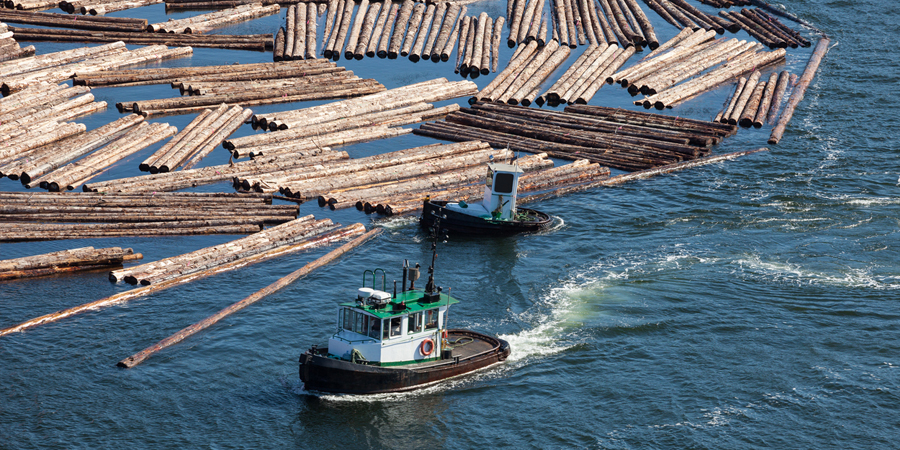Softwood lumber saga: Why duties may not be as bad for investors as feared
by Clayton Zacharias, Vice President and Portfolio Manager, Trimark Investments, Invesco Canada
In a continuation of a long-running trade dispute that dates back to 1982, Canadian softwood lumber exports to the United States were recently hit with an average countervailing duty of 19.88%, with additional anti-dumping duties to be announced in June (expected to be at least another 5%).1 This follows a 10-year period under a Softwood Lumber Agreement that required much less onerous export taxes from Canadian producers.
Why softwood lumber tariffs?
The basis for the dispute and the U.S. Commerce Department’s decision on duties is the claim that the Canadian government effectively subsidizes producers by charging below-market stumpage rates (the cost of acquiring fibre from Crown land), thus providing Canadian producers with an unfair cost advantage. In the U.S., where the vast majority of timberlands are privately owned, fibre costs are truly market-driven and therefore no such subsidy exists. But the notion of a Canadian subsidy is quite comical, given what market dynamics suggest.
Over the past 10 years the large publicly-traded lumber producers in British Columbia have been aggressively buying mills in the southern U.S., in large part to access significantly cheaper fibre (not to mention labour as well). In reality, the U.S. Commerce Department’s decision is more a reflection of the strength of the U.S. forestry lobby in Washington D.C. than anything else. While the Canadian government has successfully appealed to the World Trade Organization to overturn these duties in the past (and is expected to again), it will likely take years and in the meantime the Canadian lumber industry will suffer, as producers must immediately post cash deposits to fund the duties.
Not all bad news for investors
Clearly, this is bad news for Canadian softwood lumber producers who are dependent on exports to the U.S. But it’s not necessarily as bad for those who invest in some of the larger publicly-traded forestry companies, for a number of reasons:
- U.S. demand. Because the U.S. depends on Canadian lumber to meet its demand (Canadian exports account for about one-third of U.S. consumption), lumber prices should move higher to offset a meaningful portion of the duties. We’ve already seen this play out over the past few months as the market began anticipating duties (lumber prices are up approximately 22% since January).1
- Exposure. Not all companies are meaningfully exposed. At least one, Interfor Corporation, will actually benefit, in my opinion. Interfor, which we hold in Trimark Canadian Endeavour Fund, has the majority of its lumber production in the U.S. with only 16% of its total lumber volume produced in B.C. and exported to the U.S. market.2 So while Interfor will be subject to duties on that 15% of its production, the roughly two-thirds of its production in the U.S. could benefit from higher lumber prices without any duty offset.
- Duty recovery. Duties are like a forced savings plan, but with a negative return. In the past, when the Canadian government has successfully won on appeal to overturn the U.S. duties, a significant portion of the duties collected to that point were ultimately returned to Canadian producers. The last time producers recovered 85% of duties paid, while the time before that they recovered 100%, plus interest. I think it’s reasonable to expect a similar outcome this time, but it will take years to play out.
- Consolidation.We are expecting a shakeout of smaller producers to the benefit of larger producers. While the industry waits for a resolution and a potential overturning of the duties on appeal, smaller producers with weaker balance sheets will suffer and some will either shut down or sell out to larger players. In my opinion, the public forestry companies are best-positioned to lead consolidation, given their generally strong balance sheets.
Investing in the sector
While headlines around the softwood lumber dispute seem grim, I believe there are select opportunities in the forestry sector where the market has mispriced the risk for certain lumber producers.
Get more information on Clayton and the funds he manages.
This post was originally published at Invesco Canada Blog
Copyright © Invesco Canada Blog















